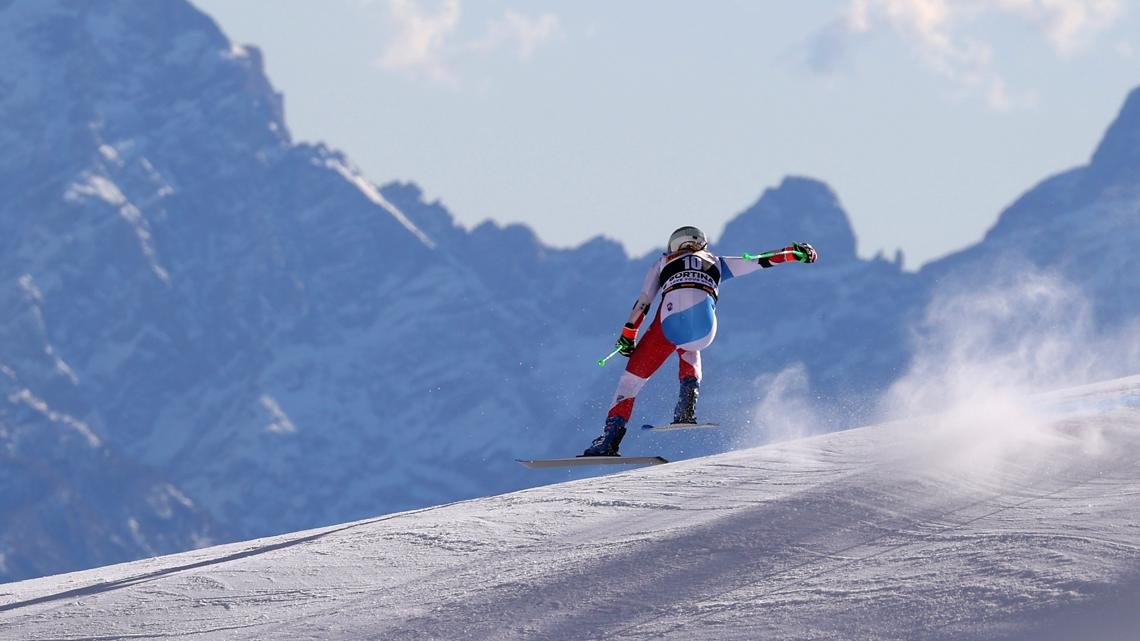Business
2026 Winter Olympics: USA Could Become a Surprise Host for Major Events

The Winter Olympics are set to return to a renowned venue for snow sports in 2026, but logistical and infrastructural hurdles remain.
PARIS, France — Imagine buying tickets to see a veteran rock band months in advance and hoping they stay healthy enough to perform. The 2026 Winter Games face a similar uncertainty, potentially shifting from Italy to New York.
Ticket sales for the Milan-Cortina 2026 Olympics are imminent, yet the readiness of a key venue is still in question. Milan-Cortina organizers are racing against time to complete a controversial sliding center in Cortina. Simultaneously, they are considering backup locations in Austria (Igls), Switzerland (St. Moritz), and New York (Lake Placid).
November sees the start of hospitality package sales that include bobsled, luge, and skeleton competitions, with general ticket sales kicking off in February. However, final confirmation on the Cortina center’s completion and approval will only be known by March.
This creates concerns for ticket buyers, particularly if events are relocated across the Atlantic to Lake Placid or redirected back to Europe last minute. “Practically,” says Andrea Varnier, CEO of Milan-Cortina, “Right now we’re proceeding with operational plans only for Cortina. By February, we’ll be close to an eventual initial homologation and hopefully confirm Cortina as the venue.”
The decision to rebuild the historical track in Cortina has sparked controversy, notably with the International Olympic Committee (IOC), which favors using Igls or St. Moritz. Yet, the Italian government is firmly backing the €81.6 million ($88 million) rebuild, with construction commencing under two years before the 2026 Games.
No modern sliding track has been constructed within such a constrained timeline before, but initial feedback from technical visits by the IOC and international federations was positive, according to Varnier. Optimism is growing that Cortina will host the sliding events.
Nevertheless, pre-Olympics test events for sliding and ice hockey will not occur as planned, with delays pushing them to the end of 2025, only months before the Games’ start on February 6, 2026. This compressed schedule raises safety concerns reminiscent of the tragic loss of Georgian luger Nodar Kumaritashvili at the 2010 Vancouver Olympics.
“Timelines are tight, and athlete safety won’t be compromised,” said Kristina Kloster, chair of the IOC’s coordination commission for Milan-Cortina.
The 2026 Games span a broad expanse of northern Italy, organized into five venue clusters. Spectators will need to navigate public transport from Milan to Cortina, Bormio, Livigno, Val di Fiemme, and Anterselva. Efforts are underway with the state railway and local authorities to enhance transport links and rely on fans’ loyalty to their sports.
“Fans interested in skating and hockey rarely have an interest in biathlon and vice versa,” Varnier noted. “They cluster themselves by their sports interests. Biathlon fans endure hours in the cold, not necessarily seeking figure skating.”
Achieving an Olympic atmosphere poses a significant challenge given the geographic spread. Milan-Cortina will be the first Winter Games to adopt the cost-cutting measures introduced by IOC President Thomas Bach, mainly utilizing existing venues. This dispersal might make each sport feel like isolated championships.
“Creating an Olympic atmosphere is our big challenge,” Varnier acknowledged. Bringing representatives from each area to Paris aims to inspire them to recreate that energy back home.
The backdrop, however, is a given. “Returning to the Alps, after Sochi, Pyeongchang, and Beijing, gives us an advantage with the unparalleled scenery of the Dolomites and Alps,” Varnier remarked.

















